Navigate and access Research review Abstract Templates for your individual or corporate cases. Begin editing your documents right away with a free DocHub account.

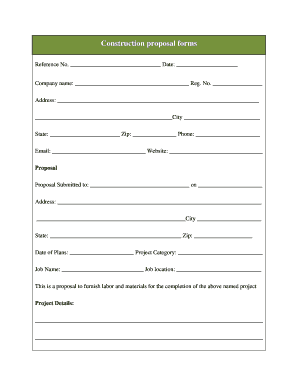

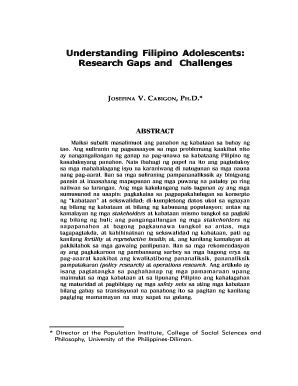
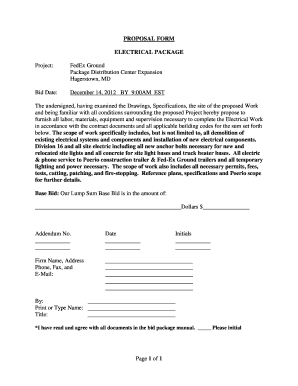
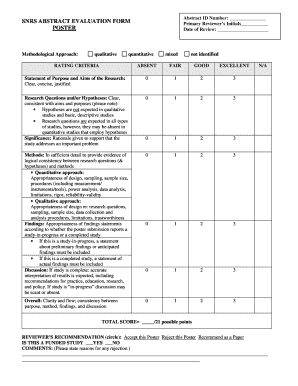
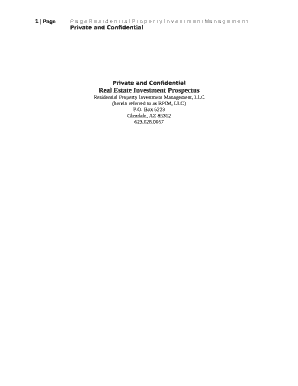
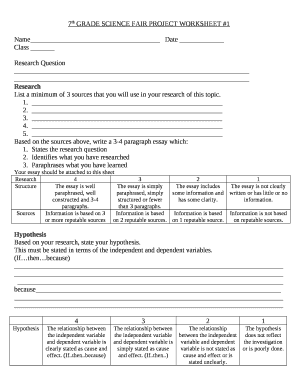
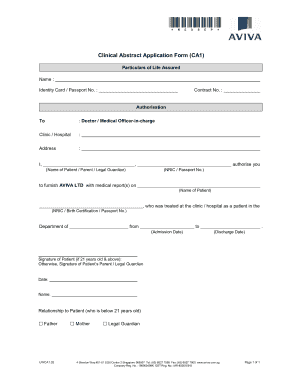


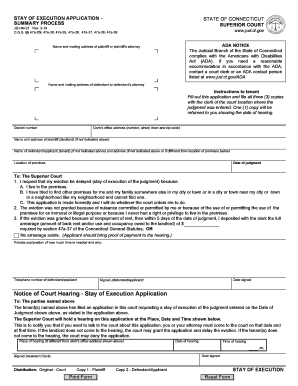
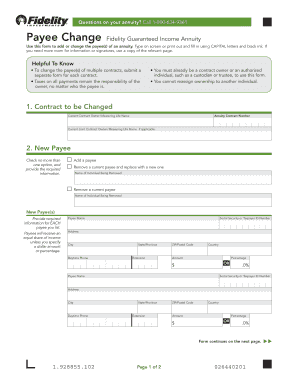
Document management can overwhelm you when you can’t discover all the forms you require. Luckily, with DocHub's vast form categories, you can find everything you need and promptly handle it without switching among programs. Get our Research review Abstract Templates and start utilizing them.
Using our Research review Abstract Templates using these simple steps:
Try out DocHub and browse our Research review Abstract Templates category easily. Get a free profile today!